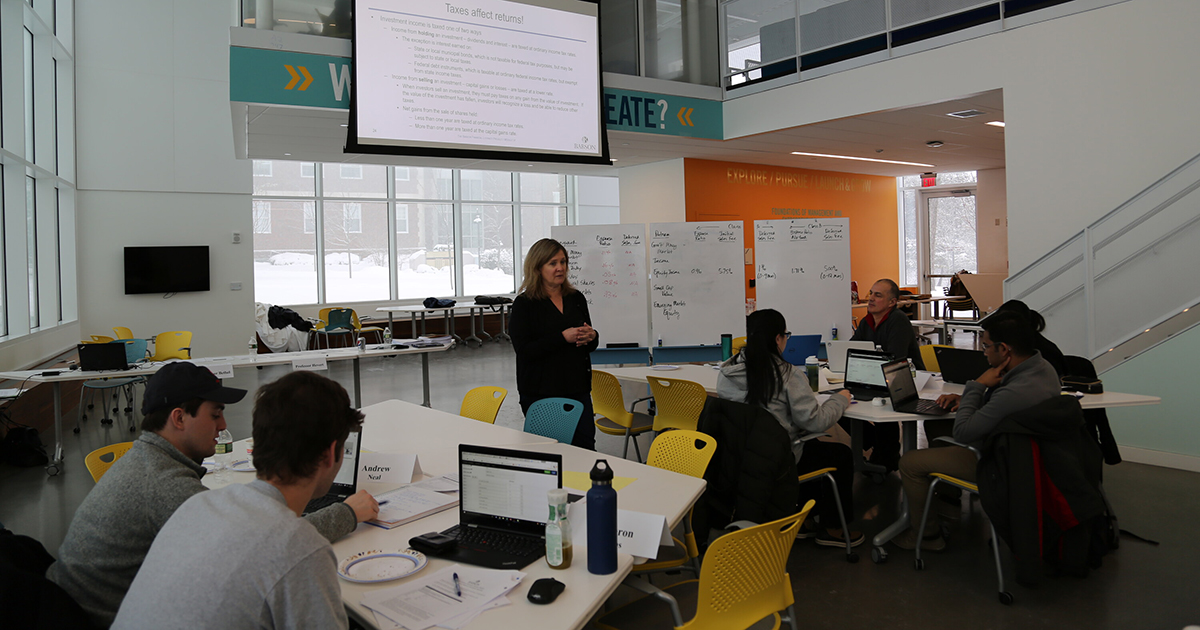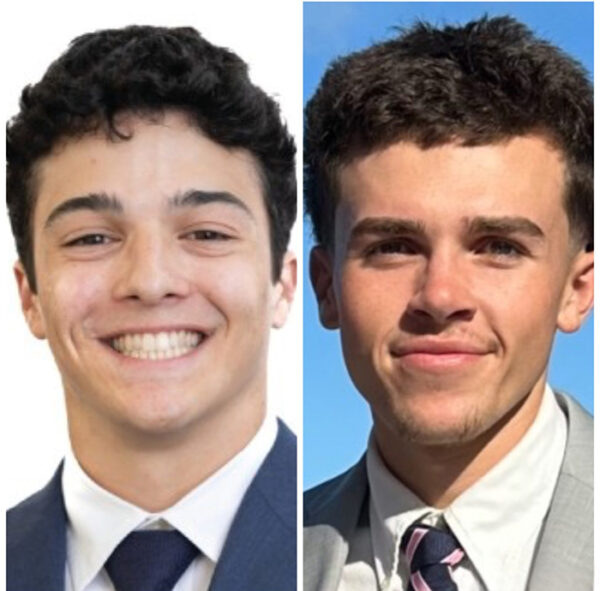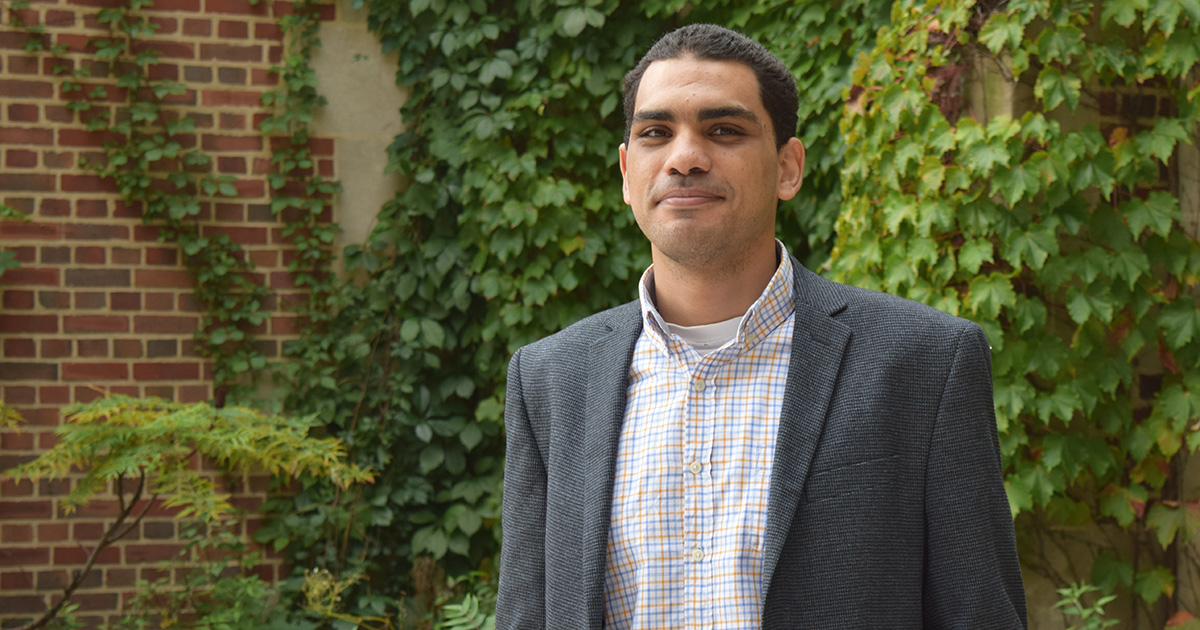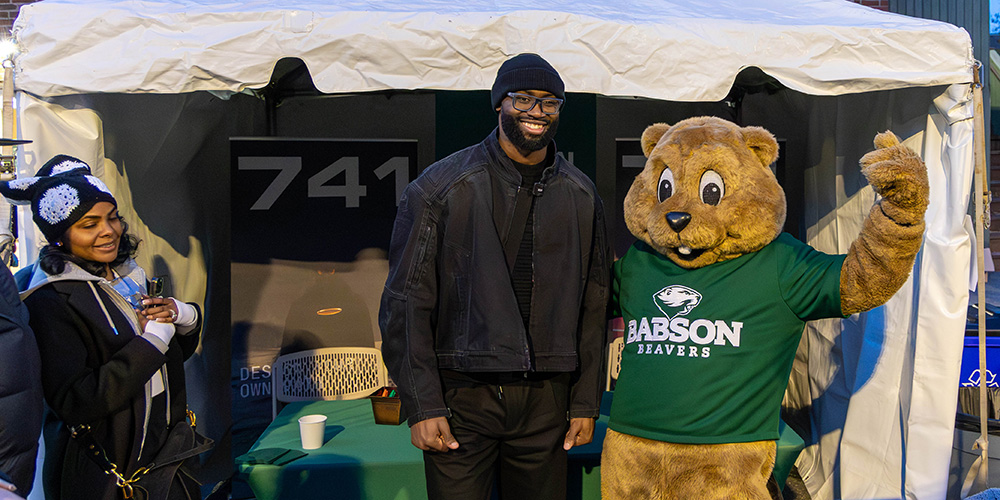The Credit Habit: Babson Finance Students on Gen Z’s Growing Reliance on ‘Buy Now, Pay Later’

Silas Manning ’27 realized how heavily his generation was using “Buy Now Pay Later” (BNPL) when he saw an April 17 Billboard report that 60 percent of Coachella tickets were purchased using the installment-payment method.
The annual music festival, held on several stages along a stretch of California desert, has become a tastemaker experience for Gen Z where fashion, food, and culture are almost as prized as the music. Entry-level tickets increased from $499 to $649 in 2025, prompting the increased use of BNPL.
“It was around then that I realized how much our generation is relying on credit,” said Manning, who is preparing for a trading role at Millennium Management in New York next summer. “I know more people operating on credit than I do operating off of it—and I’m only 21.”
The Credit Habit

The installment-payment method, which allows consumers to split purchases into smaller, often interest-free, payments over weeks or months, has quickly become a mainstream way to spend. More than half of Americans used BNPL over the last year, according to a recent consumer study, and of those users 59 percent were Gen Zers. Once limited to large purchases, BNPL options now appear at checkout for concert tickets, clothing, and even DoorDash orders from Taco Bell.
That shift concerns students such as Zach Breitbard ’26, president of Babson’s Scholars of Finance, a national nonprofit organization focused on infusing “character and integrity into the finance leaders of tomorrow.”
“When people start saving on Chipotle bowls,” Breitbard said, “it can very easily turn into a habit. You might think, ‘I have more money in my account,’ but suddenly you’ve stacked up 20 payments and created a subscription for yourself.”
Breitbard, who also serves on the Babson College Fund, added that there are plenty of good uses for BNPL.
“These companies aren’t inherently bad,” he said. “Used responsibly, BNPL could help people manage cash flow—say, covering groceries until the next paycheck comes in. But it requires intricate financial planning, and most people aren’t taught how to do that.”
Deceptively Easy
A lack of financial literacy can lead to dangerous cycles of spending and delayed repayment—especially when paired with platforms that market instant gratification.
“They claim interest-free payments,” Breitbard said. “But that’s only true until you miss one.”
In addition to Babson’s many financial clubs, the College offers several programs teaching young adults how to protect their personal finances. The Babson Financial Literacy Project, a not-for-profit program, offers several workshops about handling individual finances including a credit management workshop. The Financial Wellness Program, which operates out of the undergraduate-run Babson Finance Association, tutors young people age 12 to 18 on a host of financial issues.
“These companies aren’t inherently bad. Used responsibly, BNPL could help people manage cash flow…But it requires intricate financial planning, and most people aren’t taught how to do that.”
Zach Breitbard ‘26
Personal finance education usually shapes how young adults approach credit, Manning said, but sometimes the lessons are learned the hard way. Raised in a household where one parent paid exclusively in cash and the other lived almost entirely on credit, he has seen both extremes.
“They fell behind on credit payments, and I saw how hard it was to catch up,” he said. “It taught me early what can happen if you let bills stack up.”
Manning also realized how easy it is to miss a payment, even with the best intentions. His appendix burst, leaving him unable to work for a month.
“Before that, I wasn’t worried about my credit card balance because I always paid it off,” he said. “But once I couldn’t work, those payments piled up fast. That’s when you realize how fragile the system can be.”
Guardrails and Education
While both students recognize that credit tools can be used strategically—Manning uses rewards cards for purchases he can pay off in full—they stress that BNPL’s extended timelines make it deceptively easy to overextend.
“On a credit card, you have about 21 days to pay,” Manning explained. “With Buy Now, Pay Later, that period can stretch to six months. A lot can change in six months.”
FINANCIAL WELLNESS: Learn more about the Babson Financial Literacy Project.
The trend could be a reflection of broader financial attitudes in the U.S. “If the government lives on credit, why shouldn’t we?” Manning said, echoing a mindset he sees among peers. “But when you look at defaults and consumer debt rising, it’s a warning sign.”
For Breitbard, the issue ties directly to the mission of Scholars of Finance, which emphasizes ethics and stewardship in financial leadership. “We talk a lot about greed, deception, and responsibility,” he said. “This is one of those cases where good intentions—helping people manage money—can still lead to harm if the incentives aren’t aligned.”
Both students agree that as BNPL becomes more widespread, education will be key. “It’s not inherently bad,” Breitbard said. “It just needs guardrails. Without them, it risks becoming another way people dig themselves into debt.”
Posted in Insights





